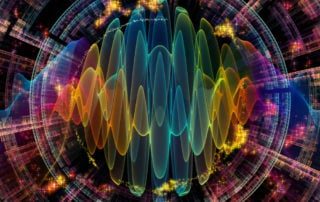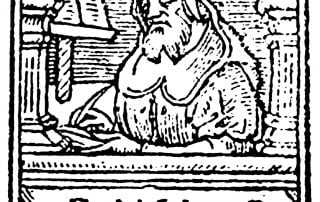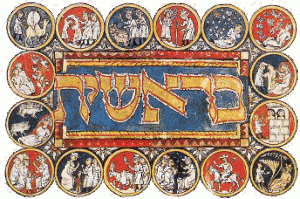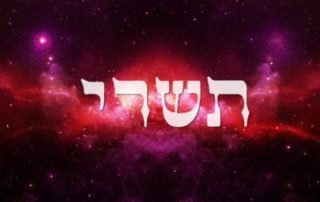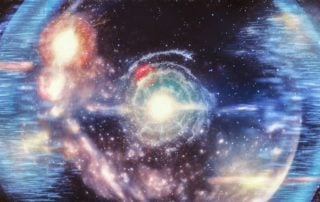Parshat Bereshit. Genesis 1:1-6:8. בְּרֵאשִׁית Bereshith, Bereshis, Breshis, Breishis
Cosmic Symphony
Strings vibrate, Souls tremble, Angels are running and returning, G‑d is touching and not touching – The rhythms of the universe… Nothing stays still… all is in flux. The inexorable flow of time is synonymous with the existence itself. Indeed, everything exists in time. However, from where does the time come? This is, perhaps, the greatest mystery of science. In modern physics, we do not know what time is, let alone from where it comes. We only know how to measure it – by counting the number of periodic intervals, which we accept as a unit of time. For example, in antiquity, people used a night-day cycle as the basic unit of time. This cycle was born out of observations of the apparent rotation of the sun around the earth (although, in reality, [...]

